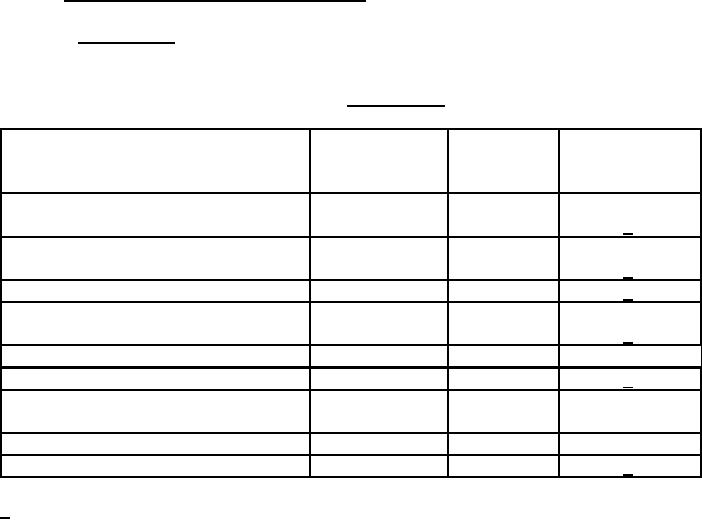
MIL-PRF-22019E
1-inch and shall be effected using either of the procedures given below:
a. Use a sealer having two sets of rubber coated pullwheels and opposing jaws, using 40 psi
as the upper sealing conditions;
b. Cut two sheets of Type II barrier material of the appropriate size. Cut a sheet of copier
paper to use as interleaving. Place the first sheet of material, adhesive side up, on a hard, smooth
horizontal surface. Place the interleaving sheet on top of the material to mask areas that are not
to be sealed. Place the second sheet of material, adhesive side down, so that its edges are
superimposed on the first. Roll the unmasked areas using a 2-inch wide, 1 ½-inch diameter hard
rubber roller applying no more than 40 psi pressure normal to the horizontal surface. Roll each
area forward and backward no more than 3 times.
4.6 Verification of performance requirements.
4.6.1 Test methods. Unless otherwise specified, the tests in table VI shall be conducted in
accordance with the identified methods.
TABLE VI. Test methods.
MIL-STD-3010
ASTM
Special
Tests
Test
Test
Requirement or
Method No.
Method No.
Exception Note
Vapor inhibitor ability (VIA)
4031
--
1/
procedure B
Vapor inhibitor ability (after
4031
--
1/
exhaustion)
procedure B
Puncture resistance
2065
--
2/
Blocking resistance
3003
--
3/
procedure A
Contact corrosivity
3005
--
Transparency
4034
--
4/
Water resistance of marking
3027
--
Tearing strength
--
D689
Delamination (oil resistance)
3015
--
5/
1/ The following apply to the VIA and VIA after exhaustion tests:
a. The apparatus used for these procedures shall be cleaned in a solution of hot water and
detergent, followed by thorough rinsing in hot tap water.
b. Four specimens shall be tested.
c. After immersion cleaning in methanol, each specimen shall be allowed to dry for 30
seconds in a draft free area, with the test surface in a vertical position.
10
For Parts Inquires call Parts Hangar, Inc (727) 493-0744
© Copyright 2015 Integrated Publishing, Inc.
A Service Disabled Veteran Owned Small Business